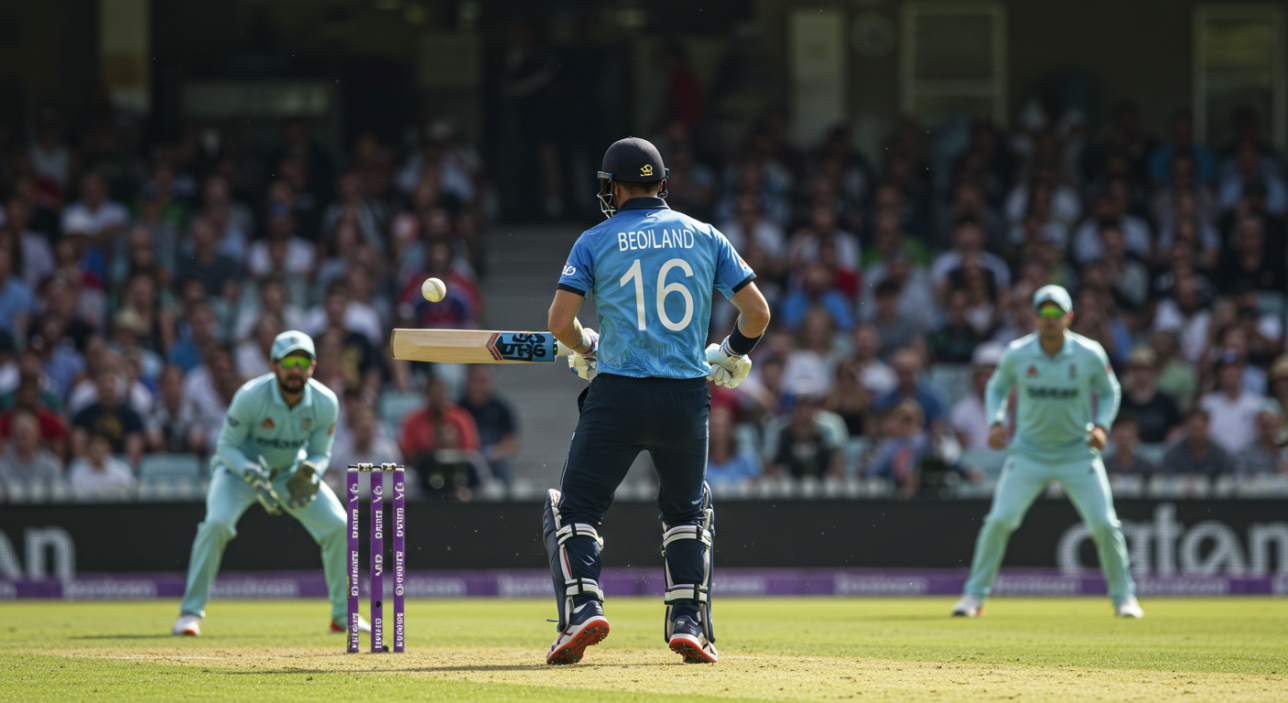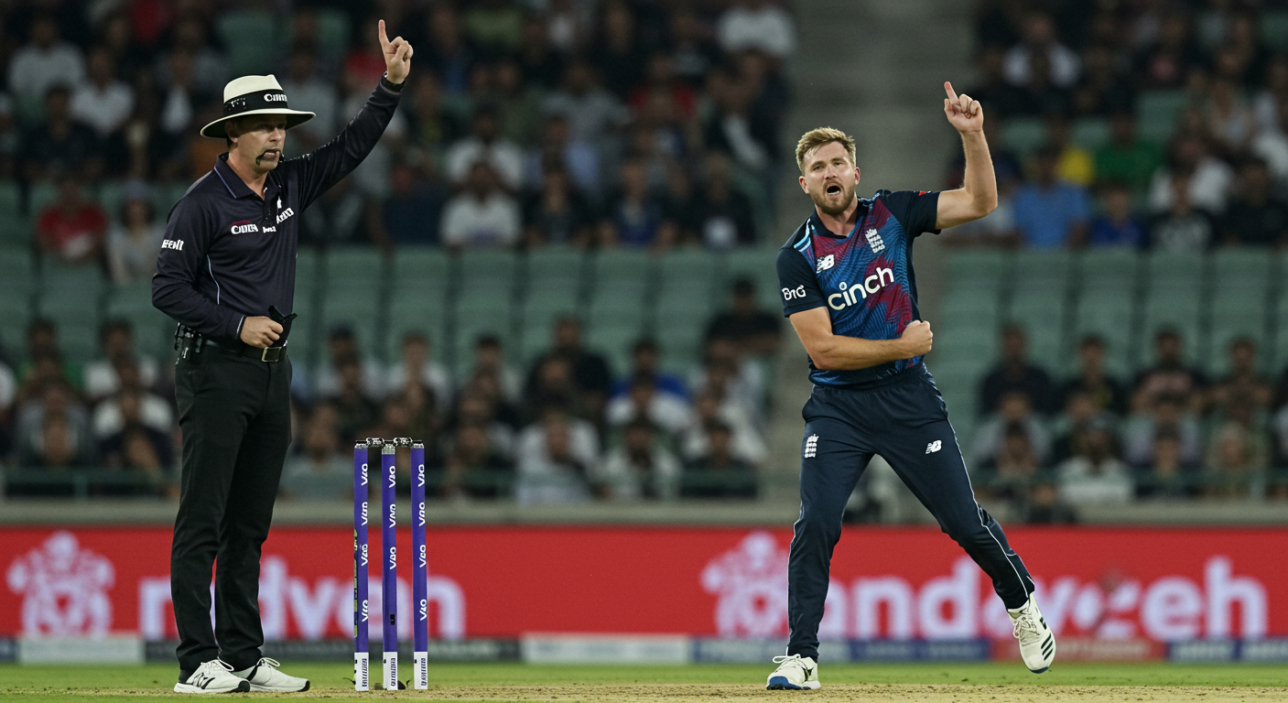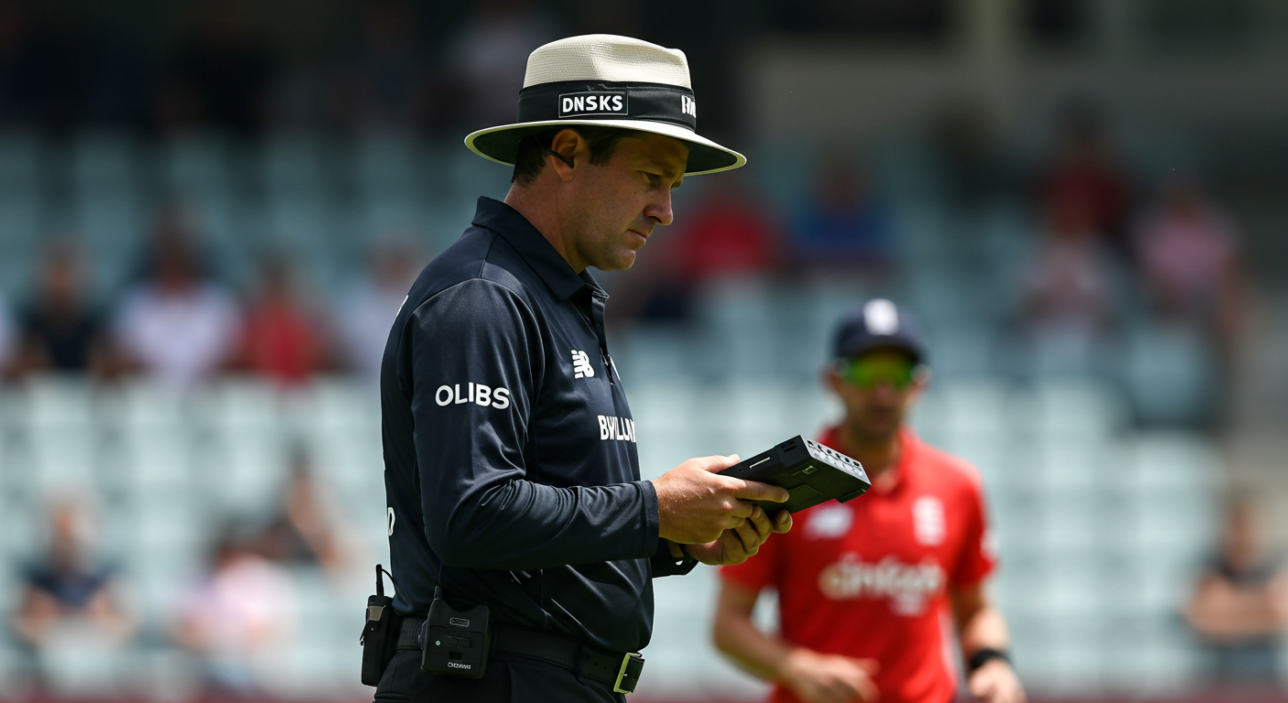
T20 Rules Explained: What Every New Fan Should Know
T20 cricket is a whirlwind of fast-paced action, booming sixes, and edge-of-your-seat finishes — but for new fans, it can feel overwhelming at first. Whether you’re tuning into your first match in the IPL, The Hundred, or a domestic league, the experience is electric. However, understanding the structure of the game is essential to fully enjoy its excitement.
Unlike Test matches that span five days or ODIs that take a whole afternoon, T20 matches typically last around three hours. They’re designed for the modern world — quick entertainment, short attention spans, and action-packed drama. In this compressed format, every over counts, and small mistakes can turn the game on its head.
In this guide, we’ll walk through the essential T20 rules every new fan should know. From how many overs each bowler can bowl to fielding restrictions and powerplays, this format is packed with unique regulations that shape how the game is played. Whether you’re a newcomer or brushing up before your next watch party, this article will help decode the structure of the game so you can follow it with ease and excitement.
Let’s dive into the rules that make T20 cricket the most thrilling format in the sport today.
1. Match Format: Overs and Innings Structure

One of the most defining aspects of T20 cricket is its structure. Each team plays one innings of 20 overs, with each over consisting of six legal deliveries. This means every team faces a maximum of 120 balls to score as many runs as possible. Once those 20 overs are done — or all ten wickets fall — the innings is over, and the opposing team takes their turn.
This condensed format creates high-stakes tension. Unlike Test matches, there’s no time to build slowly. Every ball matters, and scoring quickly is vital. The short duration also means bowlers and captains have to think fast, rotating bowlers tactically to avoid giving batters too much freedom.
Most matches are played under lights to attract larger crowds and create a dramatic spectacle. This makes evening fixtures especially popular, with stadiums often packed with noise, energy, and vibrant crowds.
Understanding this format is crucial to grasping how T20 rules influence decision-making and gameplay. You’ll notice that pacing, power-hitting, and risk-taking are far more common than in longer formats — and that’s exactly what makes T20 so thrilling for both players and fans alike.
2. Powerplay: The First Six Overs
One of the standout features of T20 cricket is the powerplay — the first six overs of each innings when fielding restrictions apply. During this phase, only two fielders are allowed outside the 30-yard inner circle. The rule is designed to give batters a strong chance to score quickly, creating an explosive start to the innings.
This means fielding captains have limited control over boundary protection, often resulting in a flurry of fours and sixes. Teams aim to maximise this window by sending in their most aggressive batters, who take calculated risks to put runs on the board quickly.
After the powerplay, teams can position up to five fielders outside the circle, helping slow down the scoring rate. This shift dramatically changes fielding strategies and forces batters to adapt. Some will look to rotate strike more, while others wait to target weaker bowlers in the middle overs.
For new fans, the powerplay sets the tone of the match. A strong start here can lead to massive totals, while early wickets can cripple an innings. It’s one of the most important parts of T20 rules and often dictates the pace and confidence of both sides for the rest of the game.
3. Bowling Limits: Four Overs Per Bowler
One of the key aspects of T20 rules is the restriction on how many overs a single bowler can deliver. In T20 cricket, no bowler is allowed to bowl more than four overs in an innings. This rule ensures that teams can’t rely solely on one or two star bowlers to dominate proceedings — instead, they must deploy a balanced and varied bowling attack.
Captains are required to think strategically, mixing pace and spin to keep batters guessing. A bowler who performs well early in the innings can’t simply continue, meaning there’s always a need for others to step up. It also adds a layer of tactical complexity, especially in deciding when to bring on key bowlers — whether during the powerplay, in the middle overs, or at the death.
For fans, this rule introduces exciting unpredictability. Just when a bowler gets on a roll, they reach their limit — and a fresh challenge takes the stage. Some teams specialise in using all-rounders who can chip in with two or three overs, allowing more flexibility.
Understanding this element of T20 rules reveals how important squad depth is and how every over bowled must be carefully considered in the broader game plan.
4. Free Hits and No-Balls: Penalties That Favour Batters

Few moments in a T20 match get the crowd going like a free hit. Under T20 rules, if a bowler oversteps the front crease and delivers a no-ball, the next delivery becomes a free hit. On a free hit, the batter cannot be dismissed in the usual ways — not bowled, not caught, and not LBW — only a run-out or obstruction can end their stay.
This rule dramatically tilts momentum in the batter’s favour, giving them the freedom to swing big without fear of immediate dismissal. It’s not uncommon to see sixes, reverse sweeps, or switch-hits during these deliveries, adding excitement and spectacle to the game.
Umpires also watch for waist-high full tosses — which, if deemed dangerous or unfair, are called no-balls and followed by a free hit. These moments can often decide matches, especially in the tense final overs when every run counts.
For newcomers, understanding the role of no-balls and free hits helps explain sudden spikes in scoring and changes in team momentum. It’s a vivid example of how T20 rules are designed to create balance between bat and ball, while also making the game more exciting for spectators.
5. Strategic Timeouts and Match Flow
While traditional formats offer natural pauses in play, T20 rules introduce structured breaks known as strategic timeouts. These brief stoppages — typically one per innings in major leagues like the IPL — allow teams to regroup, discuss tactics, and make calculated changes mid-game. Each timeout usually lasts two and a half minutes and must be taken between the 6th and 16th overs.
For teams, this break is crucial. Coaches and analysts often use it to pass on data-driven insights or respond to unexpected developments — like a bowler going for too many runs or a batter struggling with timing. It also gives players a moment to reset mentally, especially during high-pressure chases or tight bowling spells.
From a viewer’s perspective, it’s a moment to catch their breath — but for the teams, it’s an essential part of modern match management. Some teams have mastered the art of using these pauses to shift momentum, while others might lose their rhythm if they mistime their timeout.
Strategic timeouts might seem like a minor detail, but they highlight the emphasis on tactical depth in modern cricket. Understanding their purpose helps fans appreciate how T20 rules have evolved to accommodate fast-paced gameplay and off-field strategy.
6. Fielding Restrictions and Boundary Defence
T20 cricket isn’t just about explosive batting — it’s also a tactical chess match in the field. One of the more nuanced elements of T20 rules is the limitation on where fielders can stand at different stages of the game. During the powerplay (overs 1–6), only two fielders are allowed outside the 30-yard circle. After that, up to five fielders can patrol the boundary.
Captains must think several steps ahead, constantly adjusting field placements based on the batter’s strengths, the bowler’s plan, and the match situation. Some prefer tight inner rings to stop quick singles, while others spread out fielders to limit boundaries. You’ll often see ‘sweeper cover’, ‘long on’, and ‘deep midwicket’ in action to cut off big hits.
Certain fielding positions — such as having more than five fielders on the leg side — are considered illegal under T20 rules, and umpires will call a no-ball if this occurs. These small details matter. A well-set field can choke a dangerous batter or create pressure that leads to mistakes.
Understanding fielding restrictions not only makes you more aware of captaincy tactics but also adds context to the constant movement on the field that shapes the flow of every T20 game.
7. The Role of the Third Umpire and DRS

Technology has become an integral part of modern cricket, and under T20 rules, it plays a crucial role in ensuring fair decisions. The Decision Review System (DRS) allows teams to challenge certain umpire decisions — typically LBWs and caught-behinds — by requesting a video review. Each team gets one unsuccessful review per innings in most T20 competitions.
The third umpire, watching from off the field, uses tools like ball-tracking, UltraEdge, and slow-motion replays to reassess the decision. If there’s enough evidence to overturn the original call, the decision is reversed. Otherwise, the review is lost.
It’s not just about DRS, though. The third umpire also assists in checking close run-outs, stumpings, and boundary calls. These checks are often shown live on screen, giving fans a glimpse into the decision-making process.
For new fans, understanding how these systems work brings clarity during tight moments. While it adds a layer of drama, it also shows how seriously fairness is taken. T20 rules now rely heavily on technology to reduce errors and ensure accuracy, reinforcing the format’s professional, fast-paced image while keeping human error in check.
8. Tie-Breakers and the Super Over
With games decided by the tiniest margins, it’s no surprise that ties are common in T20 cricket. Fortunately, T20 rules have a built-in solution: the Super Over. If both teams finish their innings with exactly the same number of runs, a single, high-stakes over is used to determine the winner.
Each team selects three batters and one bowler. The team that scores more runs in their one over wins. If it’s tied again — rare, but possible — another Super Over can be played. This rule has produced some of the most unforgettable moments in cricket history, including the 2019 World Cup Final.
The pressure in a Super Over is immense. Every ball is critical, and the margin for error is non-existent. Teams often send their most explosive batters and most experienced bowlers, hoping to seize the moment.
For fans, the Super Over is the ultimate climax — short, brutal, and electrifying. It’s also a perfect example of how T20 rules are structured to provide closure, drama, and a definitive result, keeping audiences hooked until the very last ball.
9. Penalty Runs and Time Infractions
T20 cricket is governed by strict time and conduct regulations, and one area often overlooked by new fans is the role of penalties. Under T20 rules, teams can be penalised for slow over rates, unfair play, and time-wasting — all of which help keep the game moving at its intended rapid pace.
For instance, if a fielding team fails to complete their overs within the allotted time, umpires may award penalty runs to the batting side or reduce fielding allowances in the death overs. This can drastically affect the outcome in tight matches. Umpires will usually warn captains before enforcing penalties, but repeated infractions lead to sanctions.
There are also on-field conduct rules. A deliberate short run, fake fielding, or excessively aggressive appealing can result in penalty runs or official warnings. In tournaments like the IPL and T20 World Cup, teams are monitored closely and can even face fines or suspensions for repeated delays.
These elements of T20 rules are crucial in maintaining the format’s quick tempo and fair play. They reflect how serious modern cricket is about discipline — making sure both teams uphold standards and that spectators enjoy a smooth, competitive match from start to finish.
Conclusion: Why Understanding T20 Rules Enhances the Experience

Learning T20 rules isn’t just about knowing when a free hit is coming or how many overs are left — it’s about deepening your appreciation of the sport. Each regulation, from bowling restrictions to field placements and DRS protocols, shapes how teams strategise and how players perform under pressure.
For new fans, understanding these rules adds layers to the viewing experience. Suddenly, a captain’s decision to change a bowler makes tactical sense. A batter’s urgency during the powerplay isn’t just wild swinging — it’s a calculated gamble based on fielding limits. Even pauses for strategic timeouts or third-umpire reviews become moments of drama and insight.
More importantly, T20 cricket thrives on innovation, and its rules evolve with the game. Staying familiar with them helps you keep up with trends, appreciate player skills in context, and understand the fine margins that separate victory from defeat.
So whether you’re watching at home, following a local league, or shouting from the stands of a packed stadium, having a firm grip on T20 rules transforms you from a casual observer into an informed fan — one who knows the game’s rhythm, respects its tactics, and enjoys every ball with a bit more meaning.





